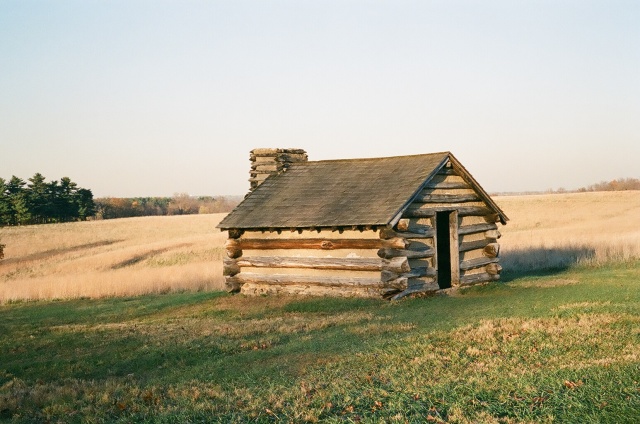
The wind is shifting. Not a thunderstorm or a twister, but a quiet revolution. Culture is redefining what prosperity and possibility means for a new generation of Americans.
It’s called the New American Dream.
This is really a thing. Google “The New American Dream” and you’ll see a Wikipedia page, a nonprofit organization and national news articles.
Remember when a few upstarts decided to break away from tyranny to stage their own coup d’état? Their Declaration of Independence affirmed equal rights to life, liberty and the pursuit of happiness. The maverick spirit that marshaled America into life shifted wind in the 1920s, when mass consumerism finally overwhelmed the stock market and landed our grandparents in the Great Depression.
Out of the dust, policies drafted a new dream: Everyone deserves a roof and a steady paycheck. Fast-forward to 2008 where Hillary Clinton’s American Dream Plan echoed the same promise: home ownership, college and retirement.
Sound familiar? It’s been in the boilerplate of presidential campaigns over the last decade. But the original American Dream never defined lifestyles or social norms; it just said people had rights to the ones that matter to them.
Online men’s magazine The Cheat Sheet says the American Dream is “on life support.” U.S. Economy says Americans are “turning to a new definition, one that better reflects the values of the country.” The Center for a New American Dream predicts people just want “more of what really matters, such as creating a meaningful life, contributing to community and society, valuing nature, and spending time with family and friends.”
Less stuff, more of what matters
Last year, Major League Baseball player Daniel Norris made headlines across the globe for choosing to live in his van. The bedrock of his household wasn’t cement. It was like any other American’s — life, liberty and the pursuit of happiness. But to hear Norris tell it, the dream was to have less and do more.
That tenet has stirred a whole movement which seeks to redefine home ownership. Oklahomans Jill and Corey Hogue recently built 288 square feet of their own American Dream.
“I want to live life simply and efficiently,” Jill told Outlook Oklahoma. “To save money to do things, not to have stuff. We’ll be able to travel and afford land for cattle.”
Twin dreams
More often, the dream to downsize comes with a twin: the dream to travel. Whether a pilgrimage or a vacation, movement has always been a rite of passage for humanity. From earliest history on, nomad communities traveled with tipis and tents, moving with the seasons.
Technology has brought a new season; it affords us new ways of traveling, along with new ideas and possibilities for work, education and connecting.
Aric S. Queen, native Oklahoman and Lonely Planet-sponsored traveler, has a YouTube series called The Maritime Lemonade Stand, in which he chronicles his efforts to travel the world while selling lemonade.
He regularly weighs in on the cultural shift.
“I think people — Americans, in particular — are having their own little quiet revolution with a more minimal approach to living and traveling,” Queen said. “Skyscraper lofts are now tiny houses. Town & Country is now the mostly white space of Kinfolk. Cheese is back in and seven-layer dips are out. I’m sure countless people have looked at countless graphs to cross-reference how and why this is happening now, but it’s cyclical. It’s simply a common pattern that everything goes through. Or maybe it’s just that we all got so tired of carrying 40-pound backpacks.”
Whether Americans’ backpacks are literal or come in the shape of mortgages, a growing acknowledgement surfaces, Queen, Norris and the Hogues all appear to be offering the same message: We need to reassess our ideas. As historian Miriam Beard said:
Travel is more than the seeing of sights; it is a change that goes on, deep and permanent, in the ideas of living.

Modern nomads
If you search the hashtag “newamericandream” on Instagram, you’ll discover Cody and Tricia Pickren. These modern nomads have been on the road for 18 months, pursuing their own ideas of happiness. Cody walked away from an award-winning company because “middle-class living has too high a price tag for [my] generation.”
He said the brand of prosperity and opportunity pitched to his parents and grandparents just doesn’t cut it anymore.
“Prosperity has two forms of measurement: time and money,” Pickren said. “[Tricia and I] are willing to sacrifice monetary prosperity for the sake of time.”
He’s also convinced the New American Dream is different for everyone.
“It doesn’t necessarily mean life on the road. I chose to do [this] because every movement needs a symbol,” Pickren said. “It’s about rejecting the things that we’re told to want and consuming only what we need. It’s about using our time and energy on Earth to do the things that matter. In a word, freedom.”

















